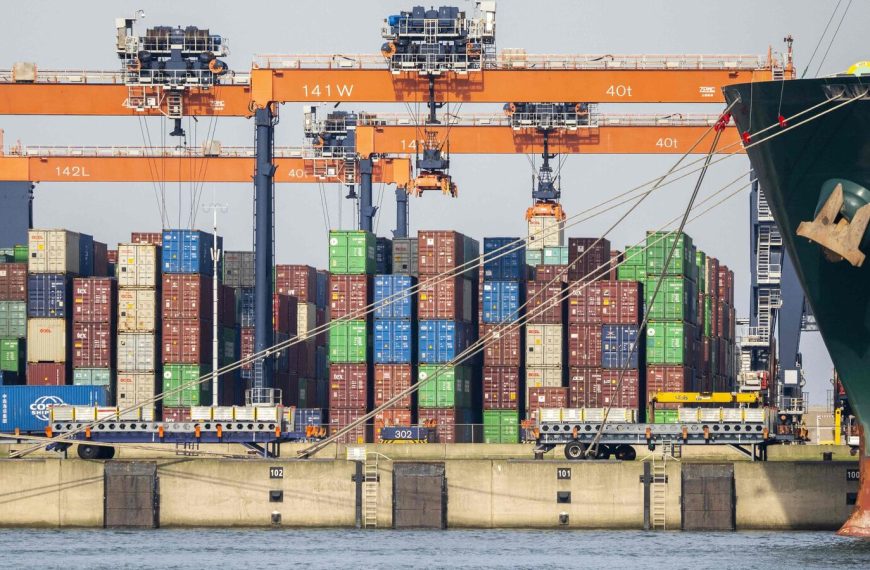China’s largest state-owned banks are gearing up for significant capital boosts, planning private placements totaling a staggering $72 billion. This move comes in response to Beijing’s recent push for enhanced capital buffers to support the country’s economy more effectively. The Bank of Communications Co. is set to lead the charge with a proposal to sell up to 120 billion yuan worth of A shares to various investors, including the Ministry of Finance.
Major Players in Capital Boosting
In addition to the Bank of Communications, other major banks are also getting involved in this capital infusion. Here’s a breakdown of the planned placements:
- Bank of China Ltd.: Aiming for 165 billion yuan in A share placements.
- Postal Savings Bank of China Ltd.: Planning to raise 130 billion yuan.
- China Construction Bank Corp.: Looking to secure 105 billion yuan.
These banks will primarily sell shares to the Ministry of Finance and other investors, as indicated in separate filings.
Strategic Share Pricing
The pricing strategy for these share placements is set to be attractive yet premium, ranging from 8.8% to 21.5% above their closing prices in Shanghai. This pricing approach reflects a strategic effort to bolster the banks’ capital while maintaining investor interest.
Context of the Capital Injections
This initiative follows the Chinese government’s commitment earlier this year to issue 500 billion yuan in special sovereign bonds aimed at enhancing the capital base of the nation’s largest state-owned banks. The roots of this plan can be traced back to discussions in September when the government initially signaled its intent to utilize these bonds for capital injections.
Strengthening the Banking Sector
Despite the top six lenders exceeding capital requirements, the Chinese government is keen on reinforcing the banking system. This comes in light of a series of stimulus measures, including mortgage and policy rate cuts. Banks have faced challenges such as:
- Record-low profit margins.
- Sluggish profit growth.
- Increasing bad debt levels.
As of the end of 2024, the sector’s net interest margin—a crucial profitability metric—had dipped to 1.52%, marking a historic low.
The Road Ahead for Economic Support
Enhanced capital buffers will empower these lenders to extend more loans, aligning with Beijing’s commitment to bolster various sectors, including real estate, consumer goods, and technology. This strategy aims to achieve an ambitious growth target of approximately 5% this year.
Moreover, strengthening the banking sector is essential for maintaining financial stability amid a landscape marked by domestic challenges and tariff pressures from the United States. The proactive measures taken by China’s banks highlight their role as key players in navigating these economic hurdles.
In summary, as China’s largest banks prepare for these substantial capital placements, they not only aim to fortify their financial standing but also play a pivotal role in supporting the broader economy.











